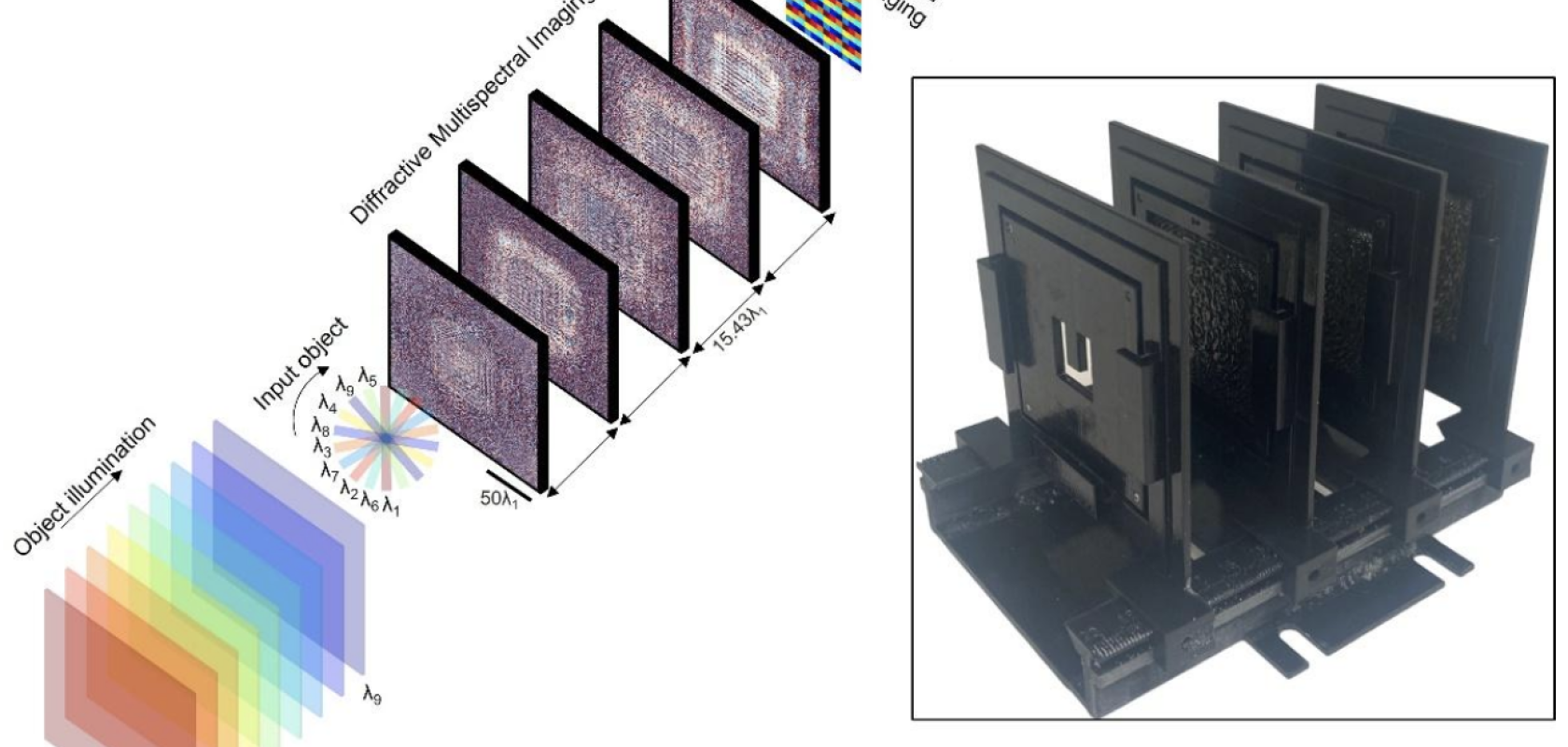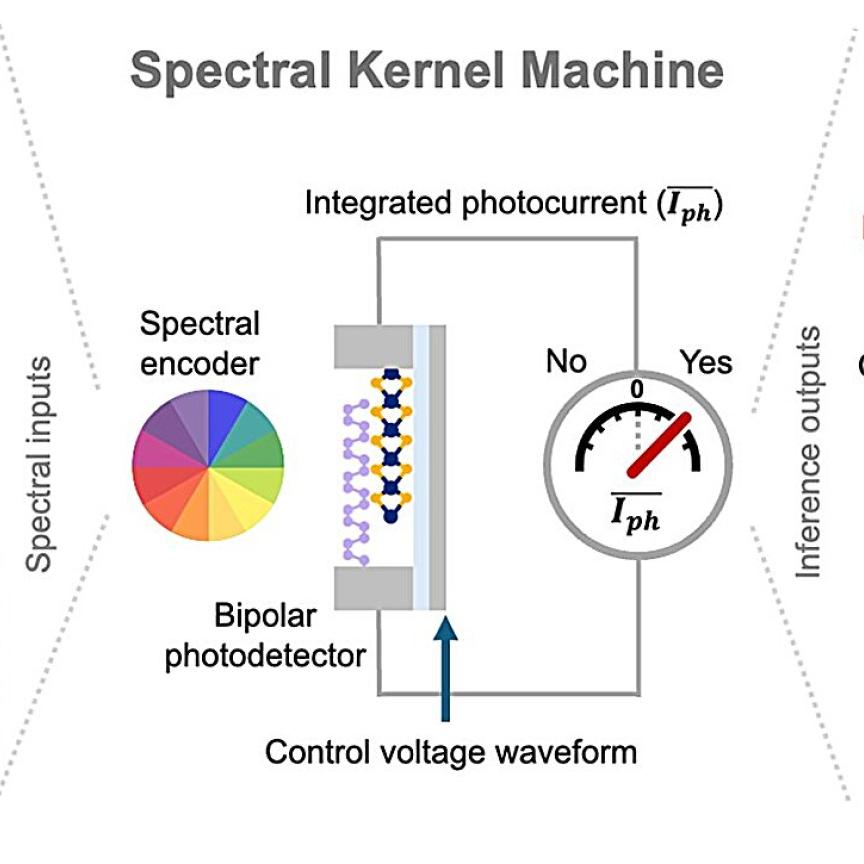Researchers have recently developed a snapshot multispectral imager that achieves both high spatial imaging quality and high spectral signal contrast using a diffractive optical network.
Described in Light: Science & Applications, the imager can achieve ~79% average transmission efficiency across distinct bands without a major compromise in spatial imaging performance and spectral signal contrast.
Multispectral imaging has fueled major advances in various fields, including environmental monitoring, astronomy, agricultural sciences, biomedicine, medical diagnostics and food quality control.
The most ubiquitous form of spectral imaging devices are colour cameras. These rely on spectral filters spatially located over a periodically repeating array of 2×2 pixels, with each subpixel containing an absorptive spectral filter that transmits one of the red, green, or blue channels while blocking others. Despite being used widely across various imaging applications, scaling up the number of these absorptive filter arrays to collect richer spectral information from many distinct colour bands poses various challenges due to their low power efficiency, high spectral cross-talk and poor colour representation quality.
Rather than absorptive filters, the new snapshot multispectral imager developed by scientists at UCLA relies on a diffractive optical network. It comprises 16 unique spectral bands periodically repeating at the output image field-of-view, forming a virtual multispectral pixel array.
The imager is optimised using deep learning to spatially separate the input spectral channels onto distinct pixels at the output image plane. This serves as a virtual spectral filter array that preserves the spatial information of the input scene or objects, instantaneously yielding an image cube without image reconstruction algorithms.
The diffractive multispectral imaging network can therefore virtually convert a monochrome image sensor into a snapshot multispectral imaging device without conventional spectral filters or digital algorithms.
More information on the new imager can be found here.


